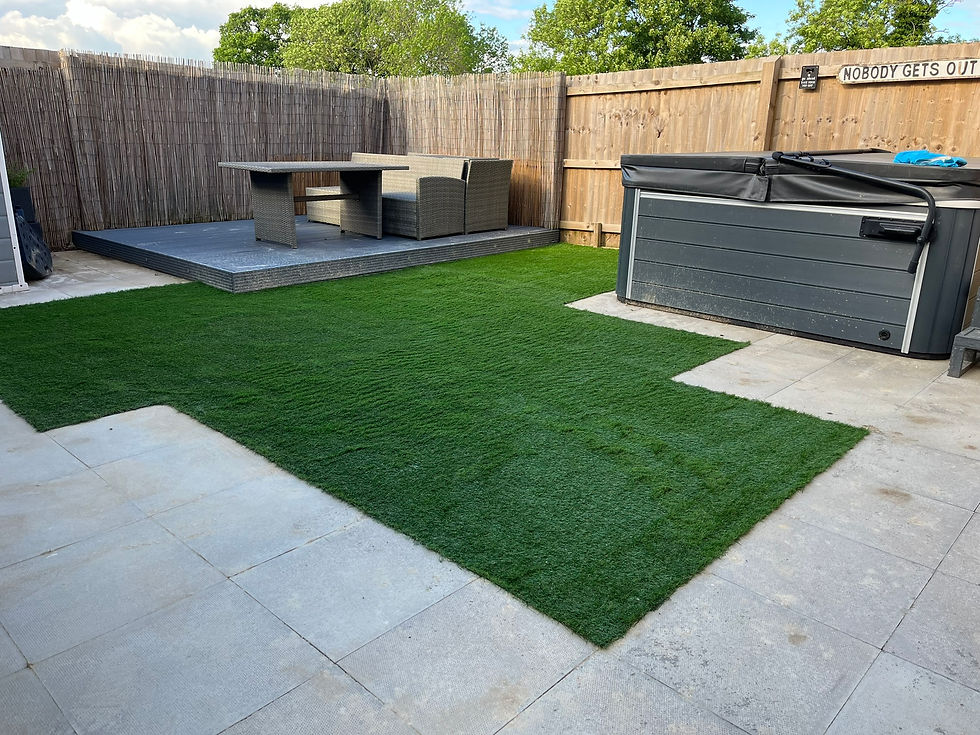Synthetic Turf
Installing synthetic turf is a great way to achieve a lush, green lawn with minimal maintenance.

Installing synthetic turf is a great way to achieve a lush, green lawn with minimal maintenance. Here's a step-by-step guide to help you understand the process:
1. Planning and Design
Area Measurement: Measure the area where you plan to install the synthetic turf.
Material Selection: Choose the type of synthetic turf that suits your needs and budget. Consider factors like color, pile height, and durability.
Design Layout: Plan the layout and any additional features, such as borders or pathways.
2. Preparation
Clear the Area: Remove any existing vegetation, rocks, debris, and old turf. Ensure the area is clean and level.
Utility Marking: Contact utility companies to mark underground utilities.
3. Excavation and Base Installation
Excavate Area: Dig out the area to a depth of 3-4 inches.
Weed Barrier: Lay down a weed barrier fabric to prevent weeds from growing through the synthetic turf.
Base Material: Spread a layer of crushed stone or gravel, about 2-3 inches thick, over the excavated area.
Compact Base: Use a plate compactor to compact the base material thoroughly, ensuring a solid and level foundation.
4. Installing the Synthetic Turf
Roll Out Turf: Lay out the synthetic turf over the prepared base, ensuring it covers the entire area.
Trim to Fit: Use a utility knife to trim the turf to fit the desired shape and size. Be sure to leave a slight overhang for precise adjustments.
Seam the Turf: If using multiple pieces, place them edge to edge and secure with seam tape and adhesive. Ensure the fibers are aligned for a seamless look.
5. Securing the Turf
Secure Edges: Use landscape spikes or U-pins to secure the edges of the synthetic turf. Space them about 6-8 inches apart.
Brush and Infill: Use a power broom or stiff brush to lift the turf fibers. Apply infill material, such as silica sand or crumb rubber, evenly across the turf. This helps to weigh down the turf and keep the fibers upright.
Final Brushing: Brush the turf again to distribute the infill and ensure the fibers stand up straight.
6. Finishing Touches
Edging and Borders: Add any desired edging or borders to enhance the appearance and define the turf area.
Inspection: Check the entire installation for any loose edges or seams and make any necessary adjustments.
Maintenance: Regularly brush the turf to keep the fibers upright and remove debris. Check the infill levels periodically and add more if needed.
Installing synthetic turf can transform your outdoor space into a beautiful, low-maintenance lawn. If you prefer, our skilled team atBelvoir Home and Garden is ready to assist you with professional synthetic turf installation services!